Digital Microscopy as a point of care testing solution
At Access Afya, we are constantly looking for alternative ways to innovate our quality care to the urban poor through new technological solutions. Once we identify a challenge, we seek out different devices or other technologies to affordably and efficiently provide a solution. One such recent challenge is diagnostic testing using microscopy in the informal settlements where we work.
Nairobi’s informal settlements are highly overpopulated with poor water and waste management, causing a very high level of water and sanitation related diseases. Nearly 30% of patients presenting at Access Afya clinics are treated for gastrointestinal infections or diseases such as malaria, which require microscopy for their diagnoses. Unfortunately, including microscopy as part of our facilities’ diagnostic offerings requires physical space for the equipment, upfront capital investment for the machinery, and a dedicated and trained laboratory technician at each site. We initially solved for this by using a simple in-community transport system of samples via motorbikes, commonly known as “boda bodas.” However, as we expand outside of the Nairobi area, it will become ever more necessary to ensure some level of diagnosis can be done at all of our facilities.
This is where digital microscopy enters as a potential point of care (POC) solution. A digital microscope has the same functionality as a compound microscope, with some added benefits – portability, increased user-friendliness, and faster results. To evaluate the effectiveness of a digital microscope against standard light microscopy, we tested the μHandy handheld digital microscope from Aidmics Biotechnology. Though the device’s current design limits its use as a diagnostic tool, digital microscopy overall still has great potential as a POC solution. In fact, a similar device developed by Richard Bowman’s lab at Cambridge University is already being used in the field to detect bacteria in water samples.
In our view, the future for digital microscopy is bright. In the communities where we work, demand for skilled labour in healthcare greatly exceeds the supply; our physical space can be constrained; and capital expenditures need to be sharply managed to ensure affordable care can be provided to our patients. Digital microscopy allows for task shifting to reduce the need for highly skilled labour; the portability removes the space concerns; and the cost can be kept low enough to fit the model needed to serve the urban poor. We see great potential in this technological innovation, and we invite you to read our entire white paper review of this exciting technology here.
